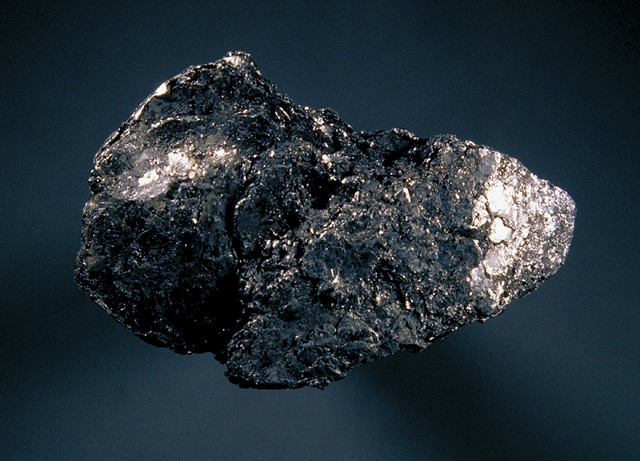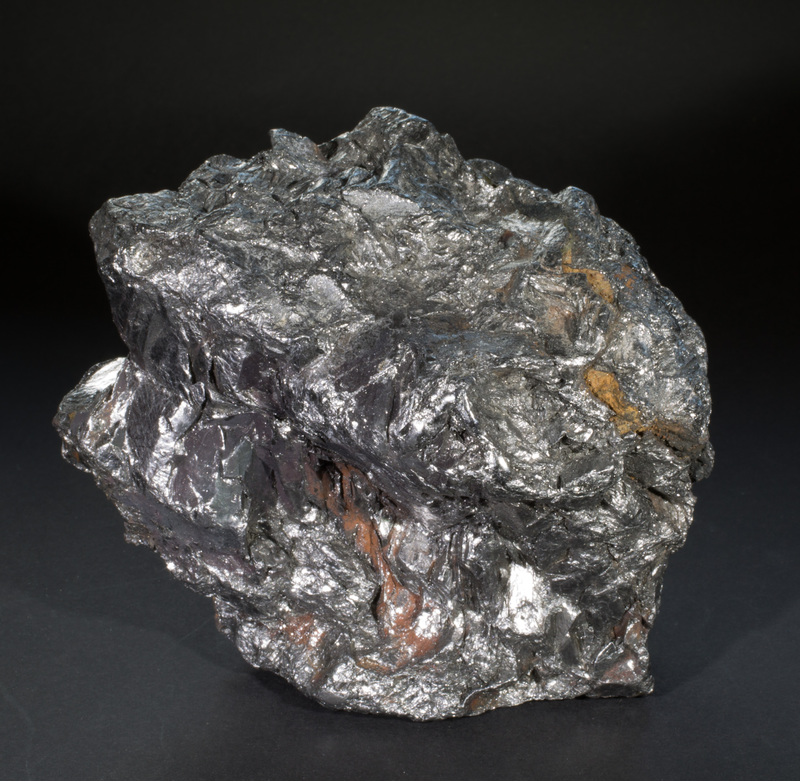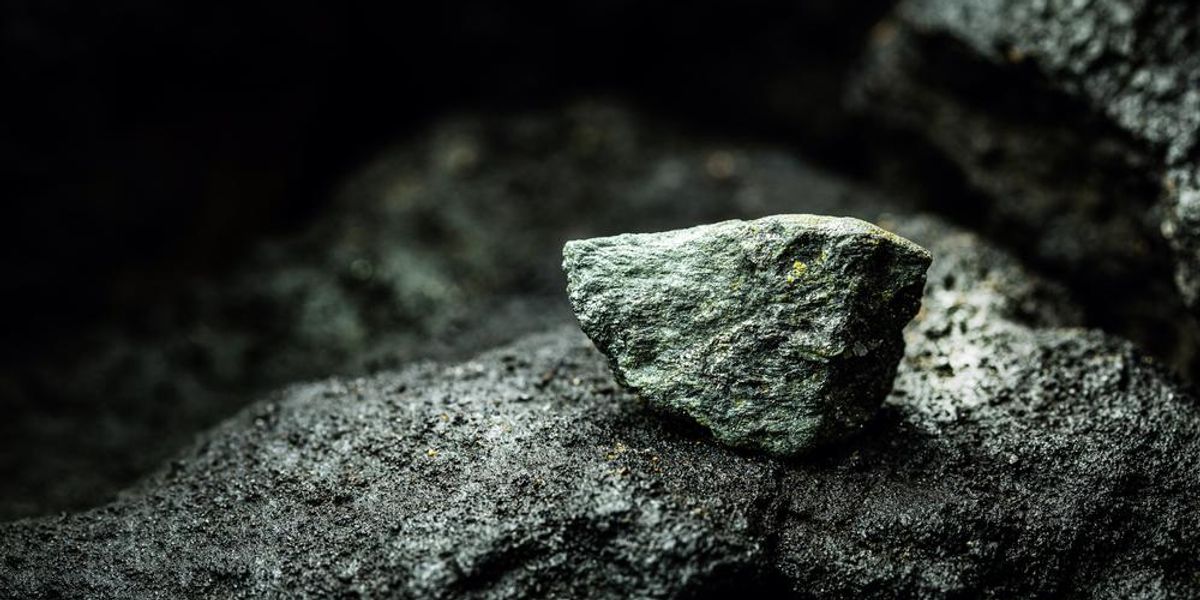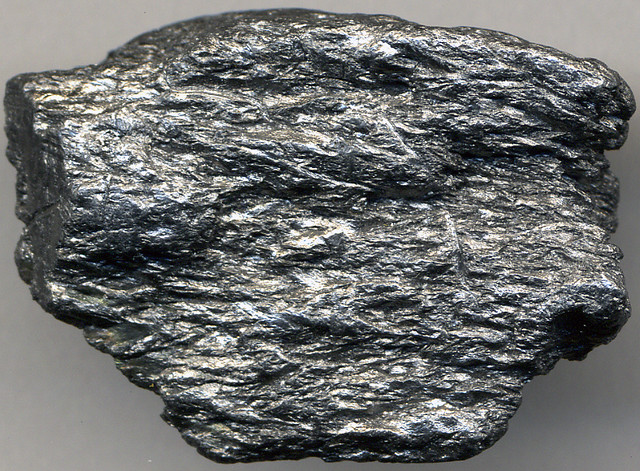
Graphite, Graphite (4.2 centimeters across) A mineral is a …
Graphite (4.2 centimeters across) A mineral is a naturally-occurring, solid, inorganic, crystalline substance having a fairly definite chemical composition and having fairly definite physical properties. At its simplest, a mineral is a naturally-occurring solid chemical. Currently, there are over 5900 named and described minerals - about 200 of them are common and about 20 of them are very common. Mineral classification is based on anion chemistry. Major categories of minerals are: elements, sulfides, oxides, halides, carbonates, sulfates, phosphates, and silicates. Elements are fundamental substances of matter - matter that is composed of the same types of atoms. At present, 118 elements are known (four of them are still unnamed). Of these, 98 occur naturally on Earth (hydrogen to californium). Most of these occur in rocks & minerals, although some occur in very small, trace amounts. Only some elements occur in their native elemental state as minerals. To find a native element in nature, it must be relatively non-reactive and there must be some concentration process. Metallic, semimetallic (metalloid), and nonmetallic elements are known in their native state. The element carbon principally occurs in its native state as the minerals graphite (C) and diamond (C). Graphite is the common & far less valuable polymorph of carbon. Graphite has a metallic luster and a silvery-gray color. It is very soft (H = 1), has a slick, greasy feel, and readily marks paper. Graphite does have cleavage, but it is not apparent at the hand specimen scale. The ability of graphite to mark paper, its softness, and its greasy feel are all a consequence of cleavage sheets easily slipping over each other on a microscopic scale.

Graphite Mineralogy4Kids
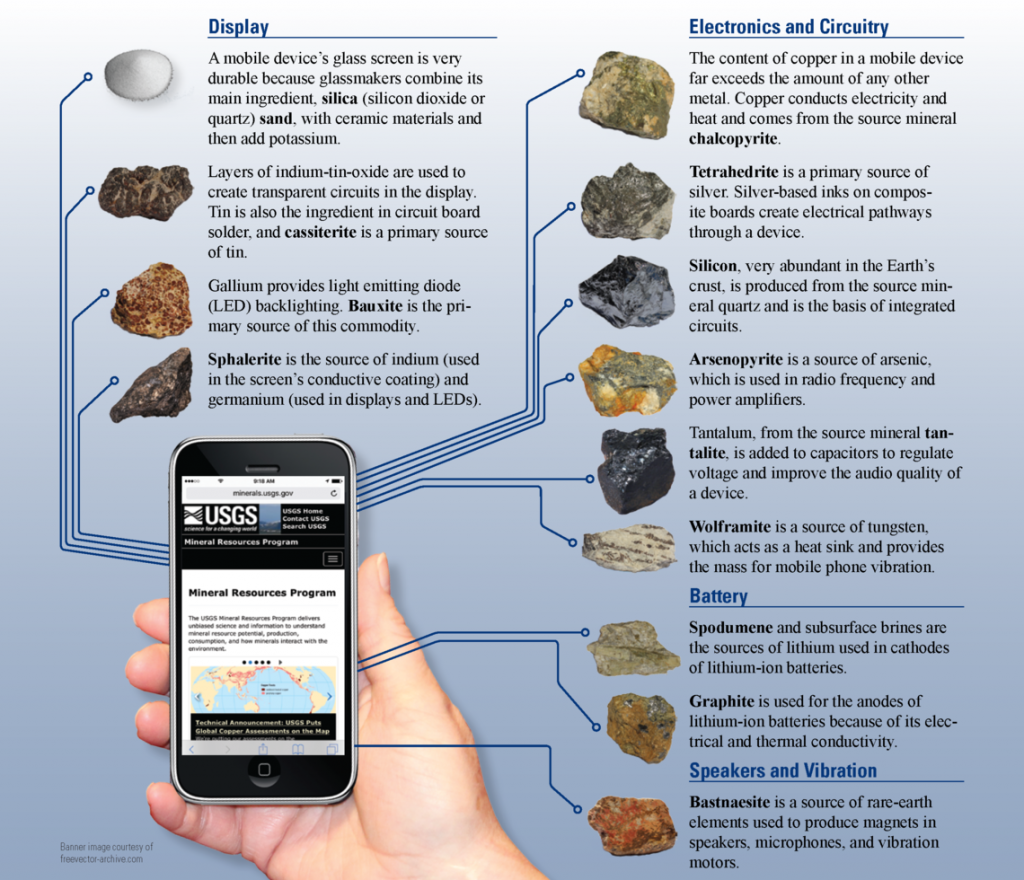
9 Ore Deposits and Economic Minerals – Mineralogy
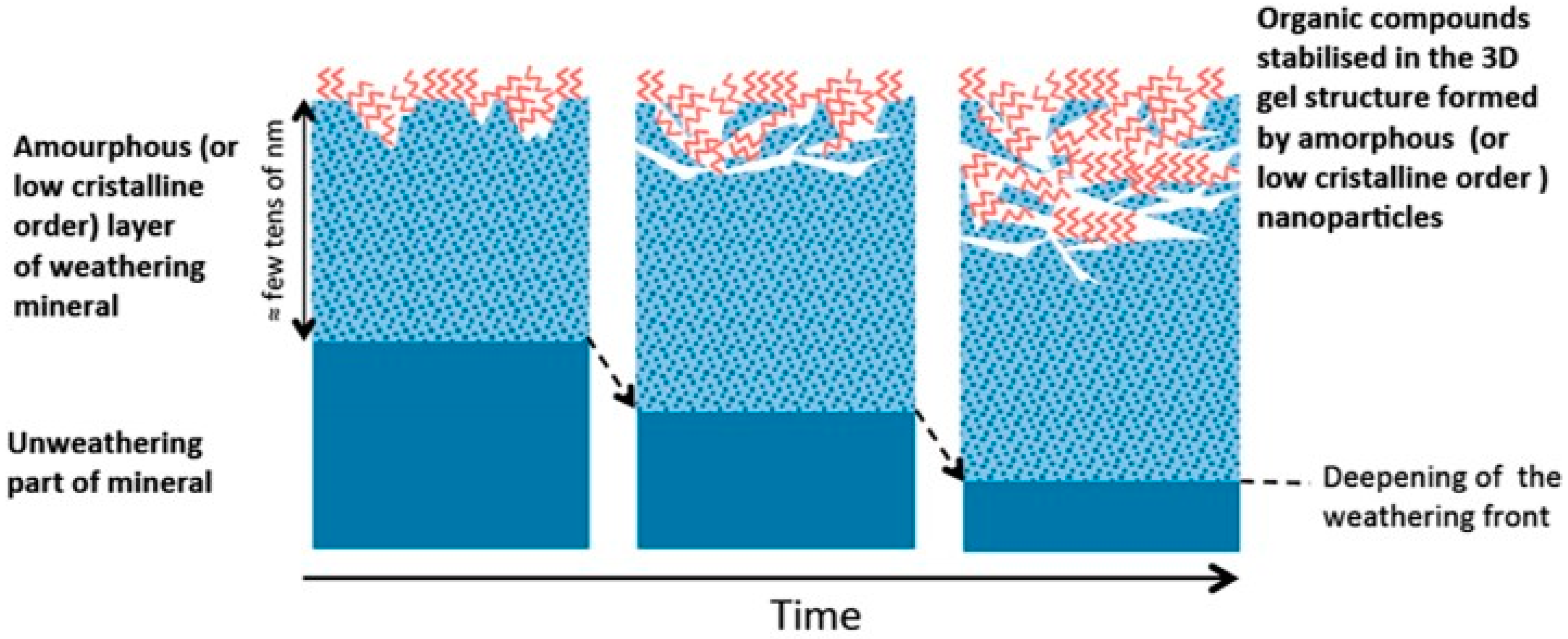
Life, Free Full-Text

Experimental Investigation of Mercury's Magma Ocean Viscosity: Implications for the Formation of Mercury's Cumulate Mantle, Its Subsequent Dynamic Evolution, and Crustal Petrogenesis - Mouser - 2021 - Journal of Geophysical Research: Planets - Wiley

Activated carbon - Wikipedia

Origin and depositional history of platinum-group minerals in placers – A critical review of facts and fiction - ScienceDirect

Graphite mineral information and data

04863990015478361811339.jpg

Insights into the metamorphic history and origin of flake graphite mineralization at the Graphite Creek graphite deposit, Seward Peninsula, Alaska, USA

Graphite Felt-Sandwiched Ni/SiC Catalysts for the Induction Versus Joule-Heated Sabatier Reaction: Assessing the Catalyst Temperature at the Nanoscale

03592760015484684891151.jpg

